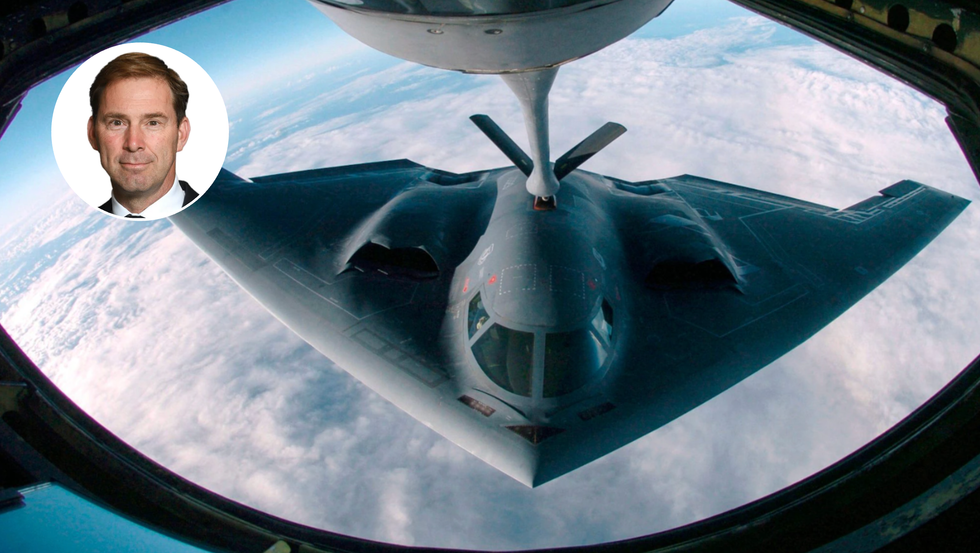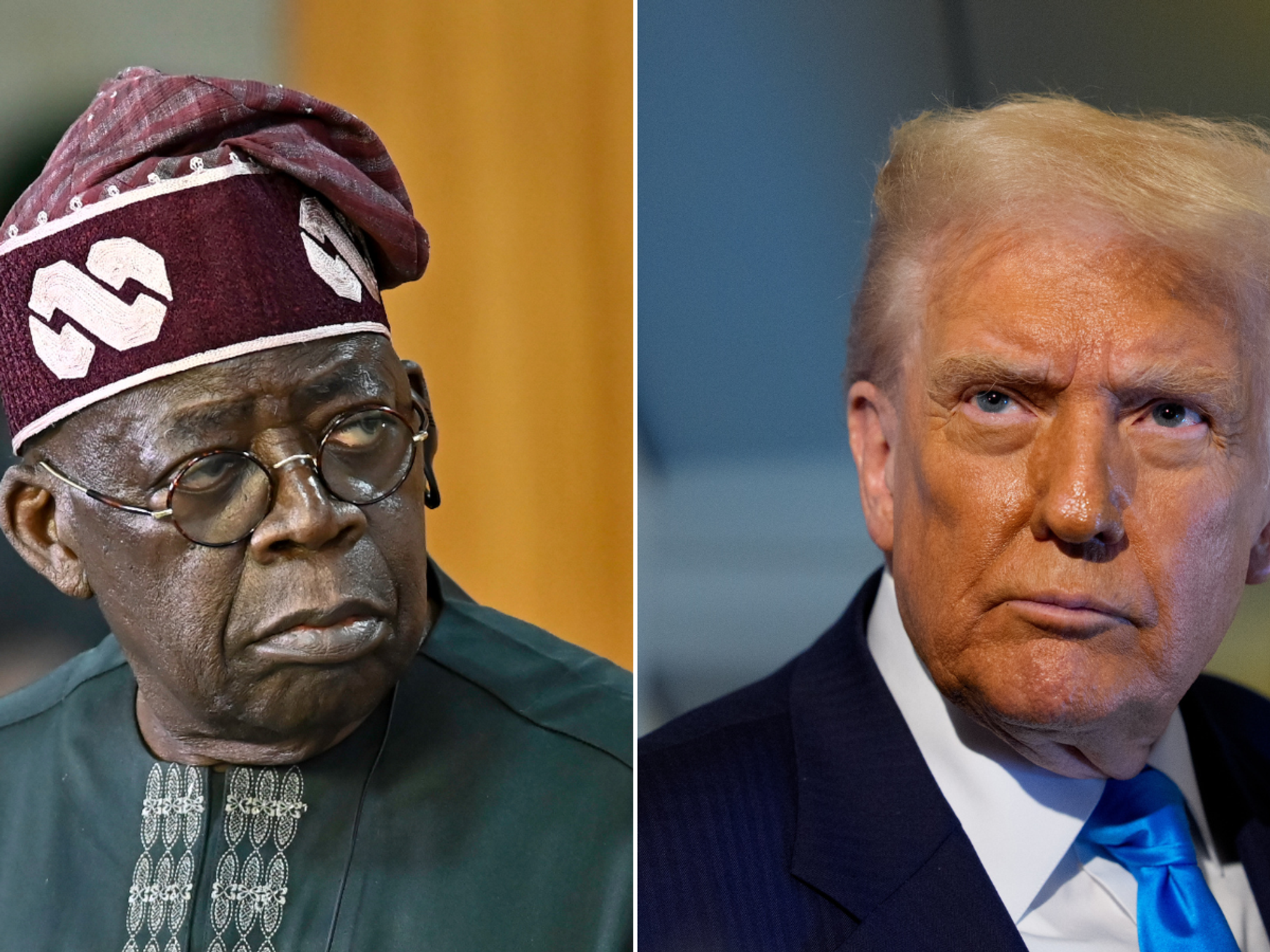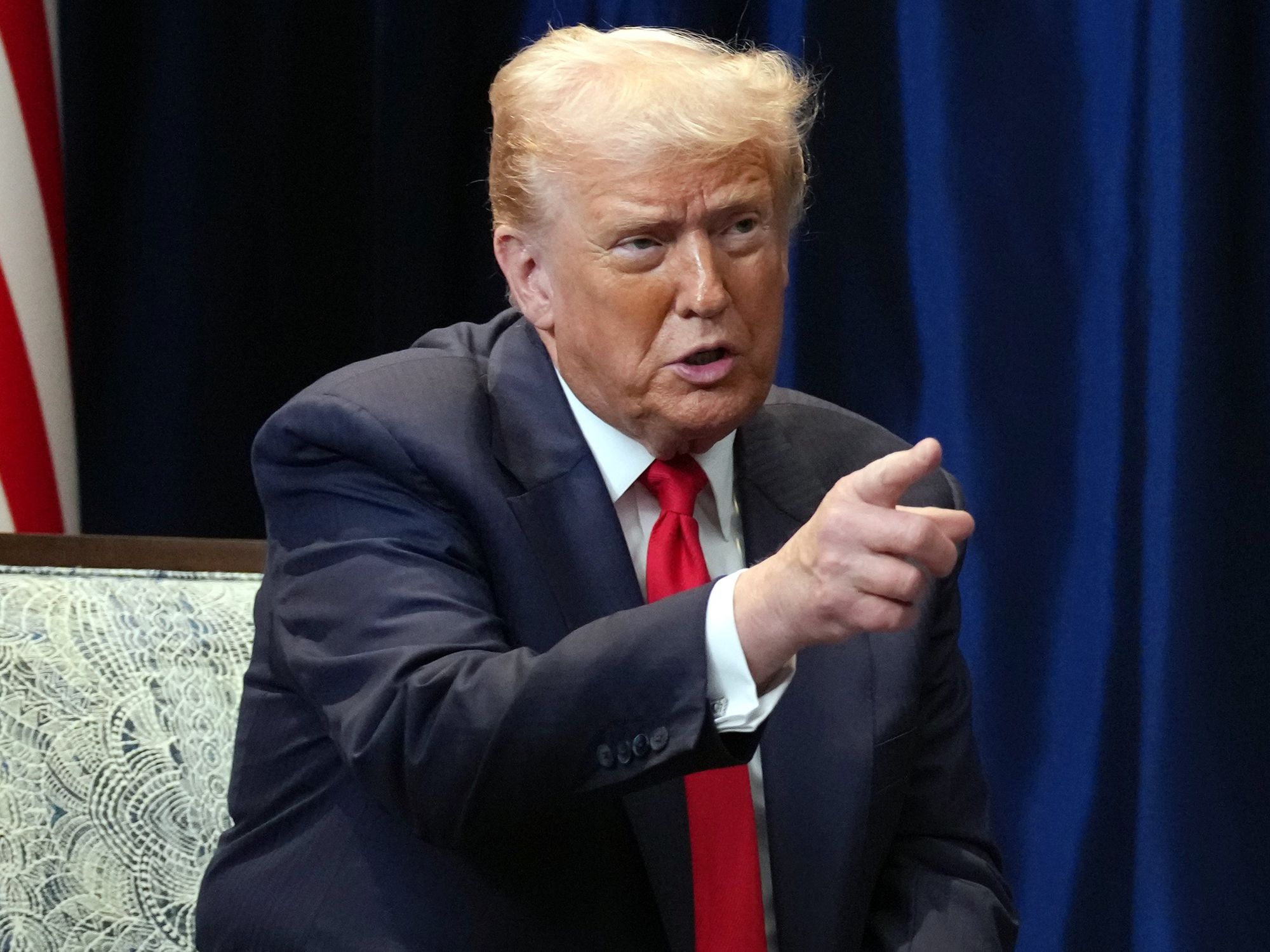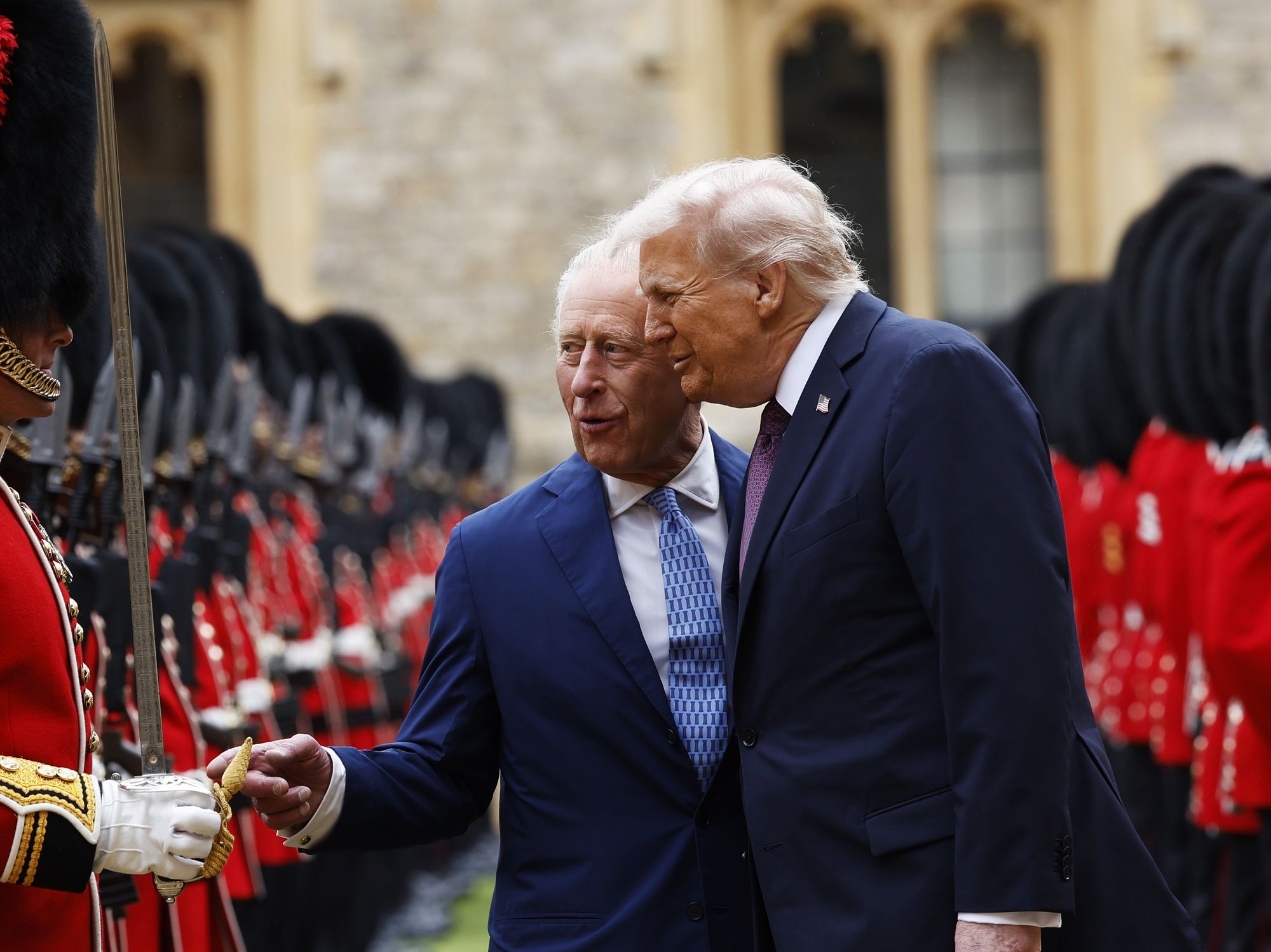The timing of Donald Trump's Iran strike was no coincidence. The world now holds its breath - Tobias Ellwood
OPINION: Without a clear, realistic plan for what comes after, military success could spiral into a long, bloody mess
Don't Miss
Most Read
Trending on GB News
The Middle East has entered a dangerous new phase. After months of strategic ambiguity, the United States is no longer on the sidelines - it has joined the fight against Iran as a lead combatant.
President Trump’s decision has stunned many, especially his isolationist MAGA base. But this confrontation has been years in the making.
Since the 1979 revolution, Iran has humiliated and challenged the U.S.—from holding 52 American hostages for 444 days to orchestrating attacks on U.S. troops in Iraq through its network of proxy militias.
Iran-backed forces like Hezbollah, Hamas, and the Houthis have sown chaos across the region. It was Hamas, with Iranian backing, that ignited the current war in Gaza with the brutal attacks of October 7th.
For Washington, the timing is no coincidence. After months of intense Israeli military action and with Iran’s proxies weakened, the strategic stars have aligned.
Iran is more isolated than ever - Assad’s grip in Syria is faltering, Russian influence is waning, and its regional allies are struggling.
Trump already demonstrated a willingness to strike back in 2020 when he ordered the drone strike that killed Quds Force commander Qasem Soleimani. With the UN inspectors confirming Iran’s nuclear weapons programme was weeks away from completion this time, America is going all in.
 The timing of Donald Trump's Iran strike was no coincidence. The world now holds its breath - Tobias Ellwood |
The timing of Donald Trump's Iran strike was no coincidence. The world now holds its breath - Tobias Ellwood | US Department of Defence/AFP via Getty
Few would argue that an Iran without nuclear weapons and without the capacity to destabilise the region would be a major win for global security. But here's the rub - the very reasons America hesitated for years are now the real risks ahead.
This is uncharted territory. Iran still possesses hundreds of ballistic missiles. One miscalculation could trigger a full-blown regional war with global economic consequences.
And if the regime collapses? Expect civil war, power vacuums, ethnic insurgencies, and a powerful military potentially seizing control. Neither Russia nor China—both with strong interests in Iran—will walk away quietly.
History matters here. Iraq and Afghanistan showed that toppling a regime is the easy part. The real challenge is what follows.
Iran is no small player—it’s the size of Western Europe, with over 90 million people. Its population is divided, deeply religious, and politically complex. Without a clear, realistic plan for what comes after, military success could spiral into a long, bloody mess.
Right now, the world is holding its breath. This is a defining moment - emotionally charged, strategically volatile. But this can’t just be about firepower. It must be about foresight. About knowing that winning the peace takes more than bombs. It takes diplomacy, planning, and patience.
The airstrikes have already begun. The real question is what comes next. The Middle East has seen too many reckless interventions. If this truly is a turning point, let’s make sure it’s one that changes the region for the better - not one that repeats the mistakes of the past.
More From GB News











